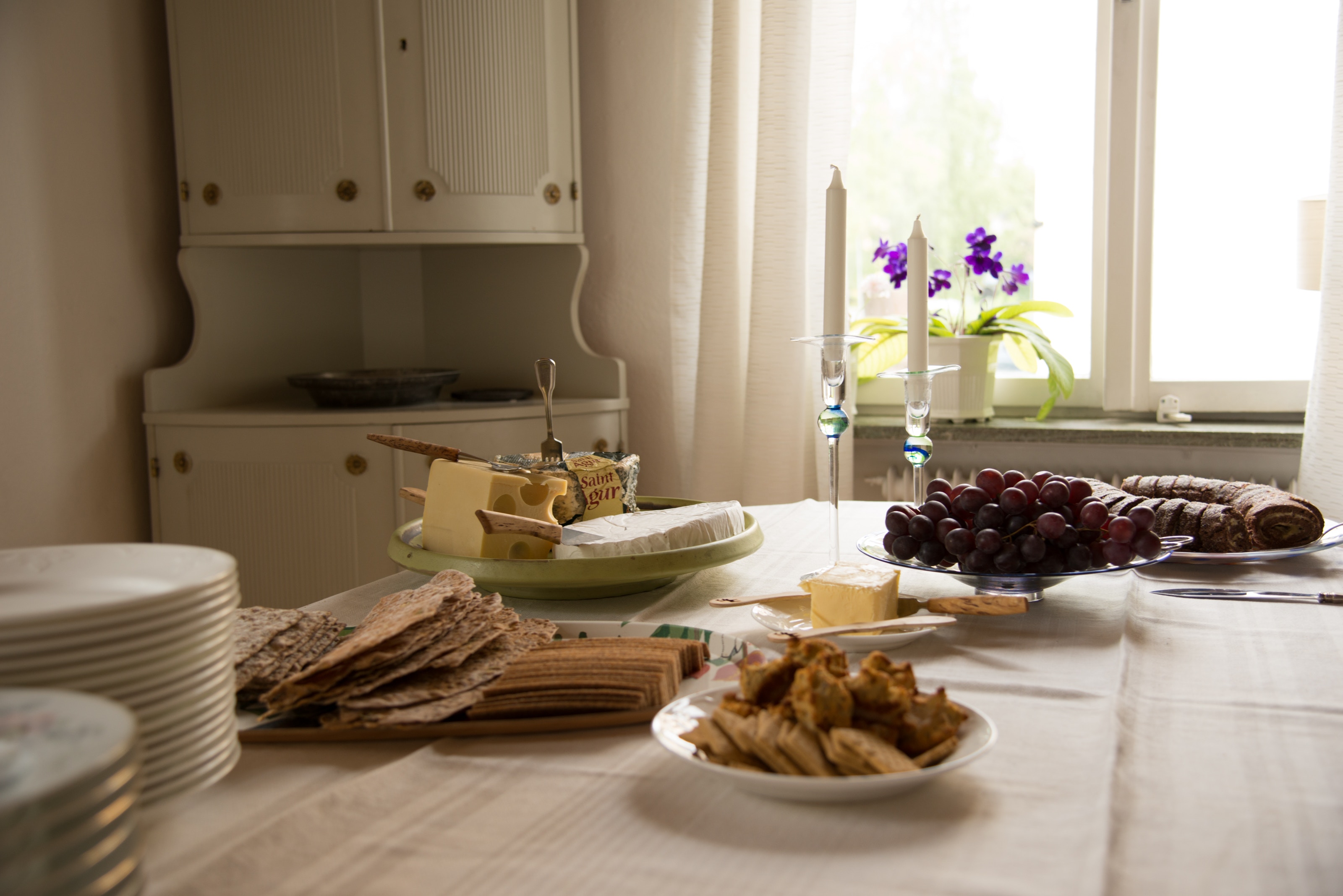My daughter was several days past due with my first grandbaby when I laid down on the couch and picked up Ruth Reichl’s book My Kitchen Year: 136 Recipes that Save My Life.
Reichl says the book started in a time of trouble. She had been the editor-in-chief for Gourmet magazine, but due to the 2009 recession the 69-year old magazine suddenly shut down.
Reichle rediscovered the simple joys of cooking during a time of enormous grief. As she wrote, cooked, and healed she began to appreciate the world around her.
She says she wanted to write the cookbook in a “relaxed tone, as if we were standing in the kitchen, cooking together.”
This cookbook contains ordinary photos of a setting near Reichl’s country home in New York state. Simple pictures of food, hands cutting vegetables, and farmer’s markets. But the photos are not stylized. Imagine if you took pictures of your mother’s hands as she heated up a pot of boiling water, or peeled potatoes.
Ordinary.
Beautiful.
There is a lot of backstory for each recipe. Where she found it, how she alters it, what works and what doesn’t.
The ingredient lists are simple.
If it’s so ordinary what makes this cookbook one of my favorite books of the decade?
It’s Reichl’s evocative “tweets” tucked in between paragraphs or overlying a photo. They serve as a diary of her journey back to joy.
Here’s an example:
“The sexy sweetness of bay scallops. Such a fugitive flavor. So subtle. Raw. Sparked with shards of jalapeno. Showered with lime.”
“Thunder rumbling. Bitter broccoli rabe: sweetened with garlic, softened in olive oil, heaped on crisped bread. Just right.”
I’ve only cooked a few of these recipes (the chocolate cake recipe is extraordinary), but I keep the cookbook within reach, so I can experience beauty in ordinary moments.
Can I share one of my favorite ordinary recipes?
It comes from the Colorado Cache Cookbook published by the Junior League of Denver but I’ve altered it a tiny bit.
At first glance I would never have considered the recipe but a friend made it a dozen years ago and now it’s my autumn “go-to.”
It never fails.
The ingredients sound mundane, but somehow they blend together to make the perfect recipe when leaves turn crisp and snow begins to fall.
Cassoulet 4 – 6 servings
2 pounds sweet Italian sausage
2 pounds beef chuck, cut in 1 inch cubes
1 large onion, sliced
2 medium cloves garlic, minced
2 green peppers, seeded and cut in eights
1 pound white beans, cooked
1 teaspoon basil
½ teaspoon salt
1 teaspoon paprika
¼ teaspoon pepper
2 beef bouillon cubes dissolved in 1 cup boiling water
¼ cup chopped fresh parsley
Brown sausages, cut in thirds and place in a 2 ½ to 3 quart casserole. Drain grease from skillet, reserving 2 tablesppons. Brown beef in 1 tablespoon grease and add to casserole. Saute onion and garlic in remaining 1 tablespoon grease until tender. Add green peppers and cook 1 minute longer, stirring. Add to casserole, along with the cooked beans. Sprinkle with sesaonings and mix lightly. Add bouillon, cover and bake in 350 degree oven for 1 hour and 15 minutes or until beef is tender.
*My alterations – I use about 3 Italian sausages (slightly frozen so they cut easily). I cut them into thin slices. Instead of beef chuck I use 1.5 pounds tenderloin cut into small pieces. I use two cans of cannellini white beans (rinsed) instead of cooked white beans. I add half a carton (16 ounces) of beef broth to make it a little more like stew. Bake covered in a Dutch oven (or similar oven pot with lid) or 9 X 13 casserole dish covered with foil.
While the cassoulet is baking, light a candle, start a fire in the fireplace, open a bottle of red, and put some Eva Cassidy on Pandora. Serve the cassoulet with a salad and earthy bread.
Here’s to the ordinary days!


